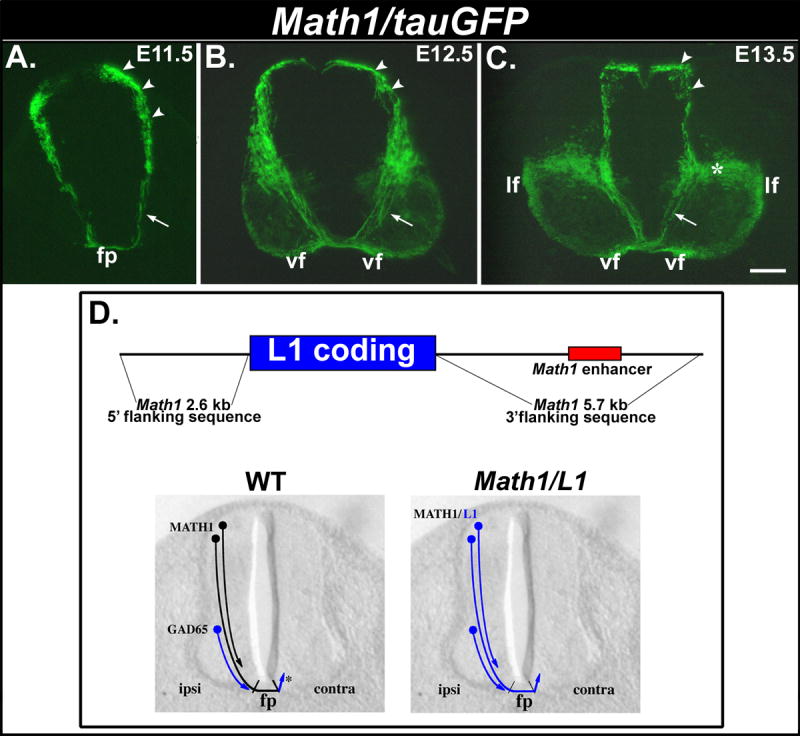Figure 1. Math1 regulatory sequences drive transgene expression in commissural neurons/axons.

(A-C) Transverse cryosections obtained from E11.5 (A), E12.5 (B) and E13.5 (C) Math1/tauGFP embryos. (A, B) At E11.5 and E12.5, tauGFP is expressed by dorsally-located cell bodies of Math1 progenitors, the commissural neurons derived from these progenitors (arrowheads), and the corresponding axons (arrows) that extend ventrally toward and across the floor plate (fp) and assemble into the longitudinally projecting ventral funiculus (vf). (C) Expression of tauGFP in commissural neurons/axons persists in E13.5 embryos. A large, ventrally located population of neurons (asterisk) that appears to extend axons directly into the lateral funiculus (lf) also expresses the transgene at this age. (D, top panel) Construct used to generate Math1/L1 transgenic mice. Genomic sequences flanking the Math1 coding region (black line), including the Math1 enhancer (red), were used to flank the mouse L1 coding sequence (blue). (D, lower panels) In wild-type (WT) embryos, L1 is expressed on axons emanating from Math1-positive dorsal commissural axons only after they cross through the FP (asterisk). A more ventral population of GAD-65-positive commissural neurons extends L1-positive axons prior to reaching the FP. In Math1/L1 mice, the L1 transgene should be expressed on pre-crossing segments of axons emanating from dorsal commissural neurons. Scale bar in (C), 100 μm (A-C). ipsi, ipsilateral; contra, contralateral.
